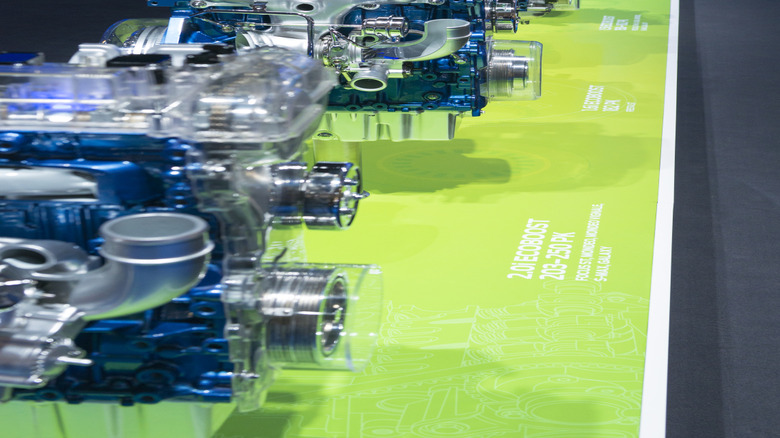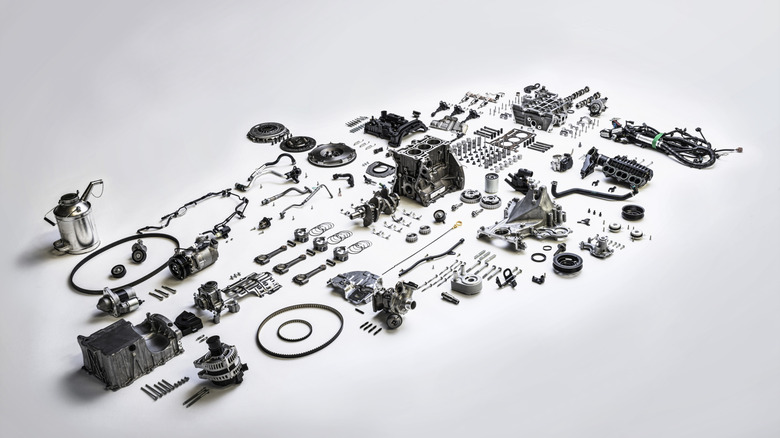Do Ford EcoBoost Engines Have Cylinder Deactivation Tech?
Ford has developed a comprehensive range of EcoBoost engines, with everything from tiny 1.0-liter inline-three engines through to supercar-powering twin-turbocharged V6 units. While EcoBoost engines like the 3.5-liter V6 and the 2.3-liter inline-four are more performance-oriented, the diminutive inline-three engines are decidedly more focused on delivering impressive efficiency.
One of the features helping these smaller three-cylinder units prove to be so efficient is cylinder deactivation – technology not found on EcoBoost engines with higher cylinder counts. Some would consider cylinder deactivation to be an example of car technologies you should avoid, mainly due to reliability concerns, but Ford would argue their hugely successful EcoBoost engines are exceptions to the rule.
The EcoBoost three-cylinder first arrived in 2012, under the hood of the Ford Focus. Since then, the engine went on to receive three consecutive International Engine Of The Year awards, in addition to Best New Engine in 2012.
However, Ford clearly saw the potential for improvement, and introduced cylinder deactivation technology for 2018 model year cars. Ford claims that cylinder deactivation in the three-cylinder EcoBoost engines could see up to a six-percent boost in fuel efficiency, in addition to a valuable reduction in CO2 emissions.
The how and why of Ford's cylinder deactivation technology
Having received numerous accolades already by 2018, it's clear that the smallest EcoBoost engine was already an impressive unit, but Ford knew it could be further improved still. Cylinder deactivation introduced fuel and emission-saving benefits to the Ford range, but not at the expense of either performance or refinement, according to Ford.
Ford designed the system to be available up to 4,500 rpm. The cylinder deactivation works by using oil pressure to activate a special valve rocker which then interrupts the connection between both the first cylinder's valves and the camshaft, which consequentially deactivates the cylinder. The process will occur when the vehicle is not under load, such as when coasting, or cruising.
Denis Gorman, powertrain engineer at Ford Europe summed up the value of cylinder deactivation by saying "with the variable capacity delivered by cylinder deactivation, drivers get the power and performance of the whole engine when they need it, and the enhanced fuel efficiency of a smaller engine when they don't".
In other words, the technology provided Ford's inline-three with a split personality, and the ability to suit a variety of different driving styles. He also added that "our research shows that in most driving scenarios the system will be active for just a few seconds at a time", and so Ford engineers really went to some length in ensuring the process of activating and deactivating that first cylinder was as smooth and refined as possible.

